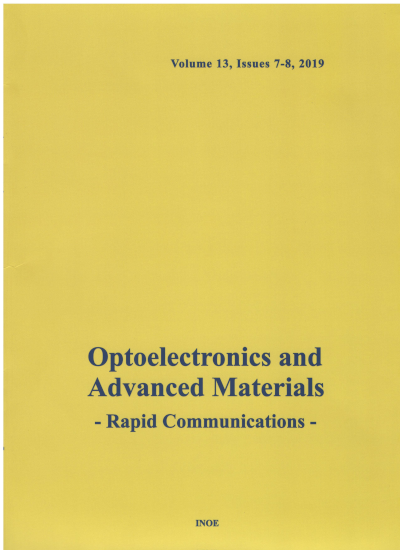Abstract
Free space optics (FSO) system facilitates the transmission of message signals through the atmosphere, providing
numerous advantages. In spite of this, the efficiency of FSO across long distances is restricted by the presence of a variety
of cloud situations. This research examines the effectiveness of FSO module under various cloud conditions. It proposes a
wavelength division multiplexing (WDM) methodology, combined with multiple-input multiple-output (MIMO) techniques.
Furthermore, it utilizes homodyne detection in the receiver section. The suggested framework achieves transmission ranges
under various cloud conditions: 108 m under cumulus clouds, 223 m under stratus clouds conditions, 330 m under
stratocumulus clouds conditions, 140 m under altostratus clouds conditions, 160 m under nimbostratus clouds conditions,
130 km under cirrus clouds conditions, and 200 km under thin cirrus conditions. Performance assessment is a
comprehensive examination of critical parameters such as Bit Error Rate (BER) and Q factor to fully evaluate system
performance.
Keywords
Homodyne detection, Q factor, FSO, Clouds circumstances, BER.
Citation
YOGESH KUMAR GUPTA, ADITYA GOEL, Performance analysis of FSO link resilience through integrated MIMO and homodyne detection techniques for various cloud circumstances, Optoelectronics and Advanced Materials - Rapid Communications, 19, 1-2, January-February 2025, pp.77-83 (2025).
Submitted at: July 30, 2024
Accepted at: Feb. 3, 2025
